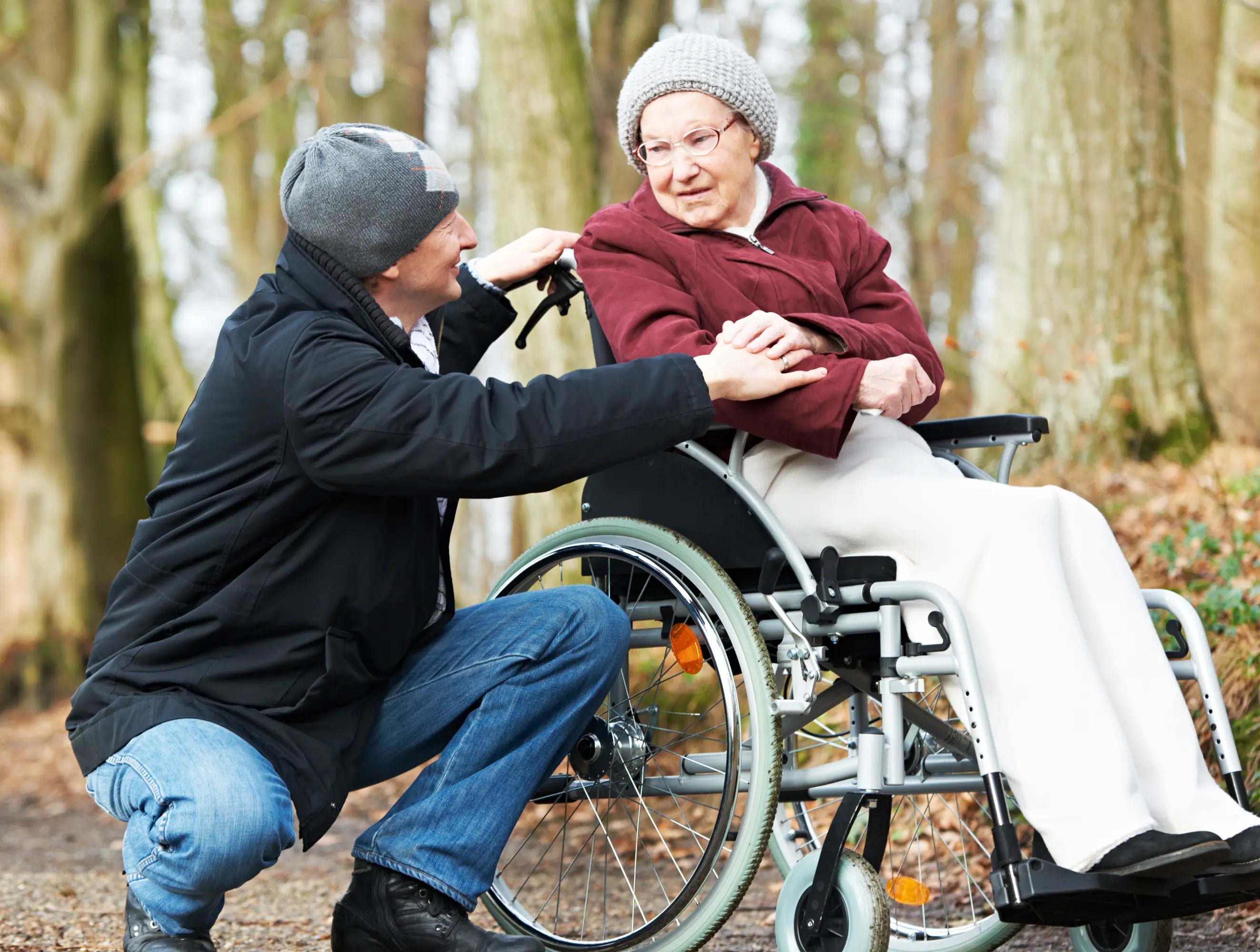But let’s start at the beginning. What does digestion even mean? Digestion simply refers to the process with which your body breaks down food and drink into smaller parts to build, nourish, and repair cells and to provide energy.
How does the digestive system work?
Small intestine
Digestion starts with food being broken down into smaller pieces and mixed with digestive fluids by your mouth and stomach. When this step is complete, food will be passed on to the small intestine. With approximately 6 metres of length and 3.5 to 5 centimetres of width this part of the intestine is where 90% of the digestion happens. It takes roughly 4 to 8 hours for the small intestine to absorb all valuable nutrients, vitamins, and minerals before food is being passed on to the colon or large intestine.
The small intestine consists of three main parts. These are called the duodenum – the part that continues to break down food – and the jejunum and ileum. The last two parts are mostly responsible for absorbing water and nutrients into the bloodstream. To break the food down, the small intestine creates a digestive juice consisting of a mix of bile from your liver and enzymes from your pancreas. This mix makes sure that everything is properly broken down into proteins, carbohydrates, and fats. When this stage is completed and it’s time for food to move on the large intestine, the small intestine contracts to pass the remaining waste material on.

Large intestine or Colon
The large intestine, or colon, is about 1.5 metres long and about 7-10 centimetres wide and is made up of 5 different parts. These parts are the cecum – beginning of the colon that’s connected to the small intestine – the ascending or right colon, the transverse or across colon, the descending or left colon, and the sigmoid colon – the part that’s connected to the rectum. Your colon will absorb the remaining water and salts into the bloodstream. This will change the consistency of the remaining food waste from liquid to firm.
Food waste moves through the large intestine via peristalsis – a series of muscle contractions. A healthy bowel will usually have about 3 to 4 major peristaltic movements per day which are usually triggered after food. The time stools take to move through the colon, also called transit time, varies greatly from person to person. As a rule of thumb, however, it is 2.4 days for a woman and 1.9 days for a man. When the colon has finished absorbing the remaining nutrients and water, the stool will mainly consist of debris and bacteria and will be stored in the sigmoid colon. it will remain here until it is passed on into the rectum.

Rectum
The rectum is the part of your digestive tract that connects the colon to the anus. When stool or gas reach the rectum, sensors send a message to your brain to let you know that there is something in the rectum. Until you are ready to let go, your sphincter muscles will squeeze and hold the stool inside your body.
Fun fact: The rectum is the only organ in the body that can work in reverse. So if stool moves into the rectum but you’re not ready to go for a poo yet, it will automatically move the stool back into the colon. Handy, right? This is, however, only possible with formed stools. As the stool gets pushed back into the colon, more moisture is absorbed and if it’s left there for too long, this might lead to constipation.
Anus
The anus is the last part of your digestive tract and releases the stool when you’re ready to go for a poo. The lining of the upper anus is made to detect what consistency the contents are that are coming rom the rectum. Once detected, it will send a message to your brain to let you know whether the contents are liquid, gas, or solid.
The two anal sphincters – internal and external – are helping you to keep stool in the body when it’s not appropriate to go for a poo. The external sphincter muscle works to keep stool inside the body until you are sat on a toilet, the internal sphincter muscle stops you from releasing stools when you’re not aware of stool moving into the anus (when you’re asleep, for example). If everything works as it should, both sphincters will relax to help the stool exit your body when you’re ready to go to the toilet.
Neurogenic Bowel
If the relationship between bowels and brain is disrupted, you are experiencing something called a neurogenic bowel. This means that the nerves in the spinal cord, responsible for sending messages back & forth between brain and bowels, are damaged and you might start having trouble going for a poo or you might leak stool involuntarily.

